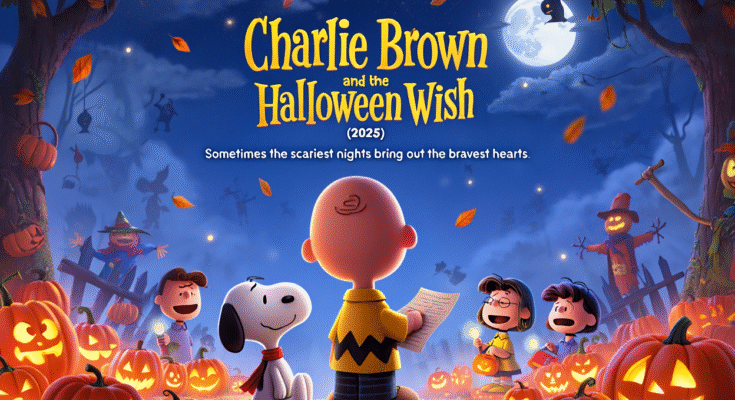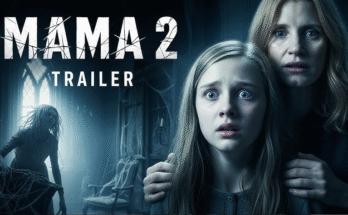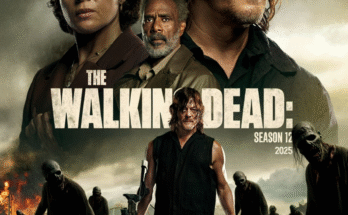There are stories that never grow old because they never stop growing with us. Charlie Brown and the Halloween Wish is one of them — a tender, golden autumn dream that rustles through the heart like falling leaves, reminding us that hope is never lost, just waiting to be found again.
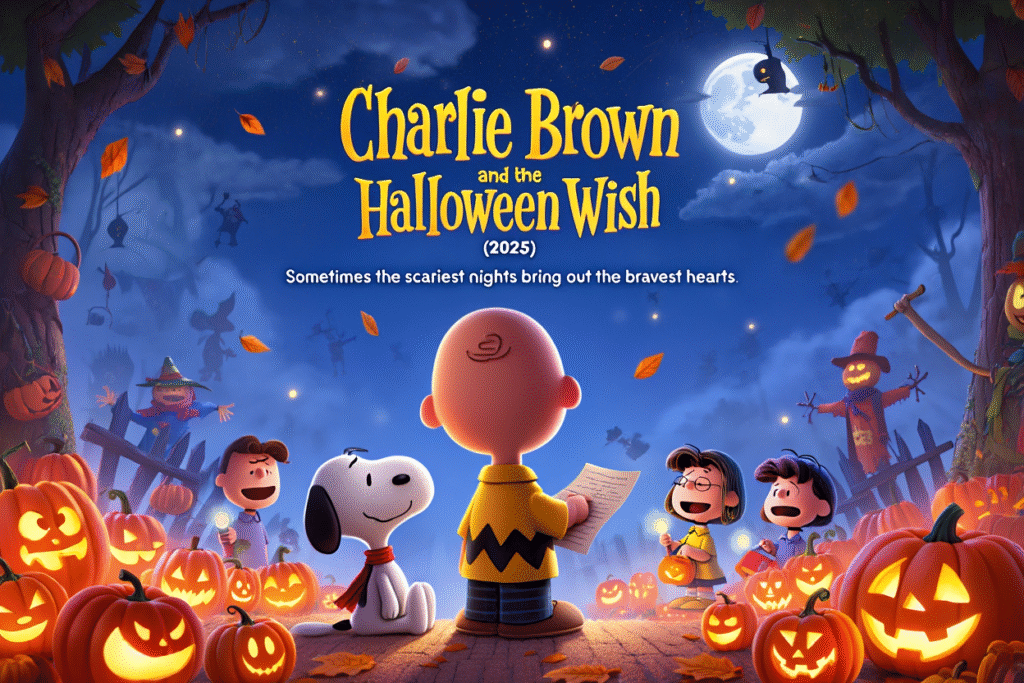
It begins, as all good Peanuts tales do, with quiet melancholy. The world feels a little bigger this year, and Charlie Brown a little smaller. The laughter of the other kids fades beneath the orange sky, and for a moment, he wonders — has anyone ever really seen him? The question lingers like fog across the pumpkin patch, soft yet haunting, until a mysterious note drifts into his hands. A single wish, written by someone who feels just as unseen.
That’s where the magic begins — not the kind with ghosts or ghouls, but the kind that lives in connection. Snoopy, ever the dreamer, takes up the mission with all the imagination of a knight-errant, dragging Woodstock and the rest of the gang into a quest that’s equal parts mischief and miracle. Together, they follow the trail of the wish, discovering not monsters, but moments — of kindness, courage, and small, beautiful humanity.
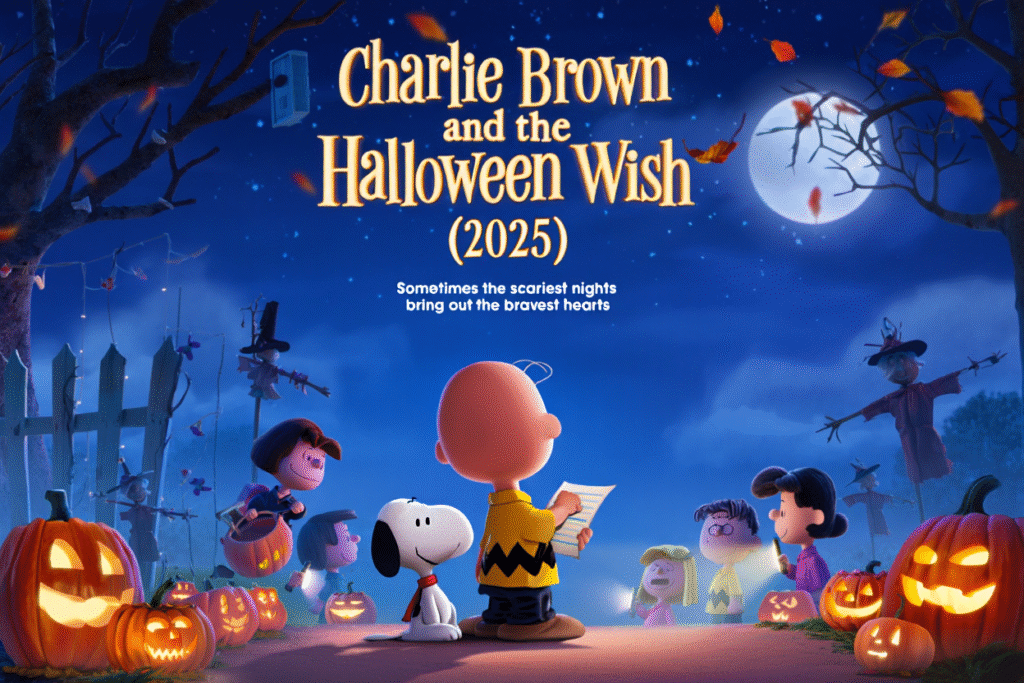
The film’s animation glows with autumn warmth — every frame a painting of nostalgia. The wind dances through amber trees, candy wrappers glint beneath the moonlight, and Linus once again preaches faith in the unseen. Yet beneath the familiar rhythms lies something new: a meditation on growing up without growing apart, on how childhood wonder can survive even when the world grows quieter.
Noah Jupe brings a soft ache to Charlie Brown’s voice — equal parts hesitation and hope — while Millie Bobby Brown voices the mysterious “Wisher” with quiet grace, a reflection of the same loneliness that once defined Charlie himself. Steve Carell’s turn as an older, wiser Linus gives the film a surprising emotional center — a voice of gentle faith amid life’s uncertainty.
There’s humor here, of course — Snoopy’s grand “Pumpkin Knight” fantasy sequence is an instant classic, bursting with aerial battles and slapstick brilliance — but it’s the quieter scenes that linger. A porch light flickering in the wind. A small boy writing “I hope someone believes in me.” A hand reaching out in the dark. These are the moments that define the film — not tricks or treats, but the courage to care.
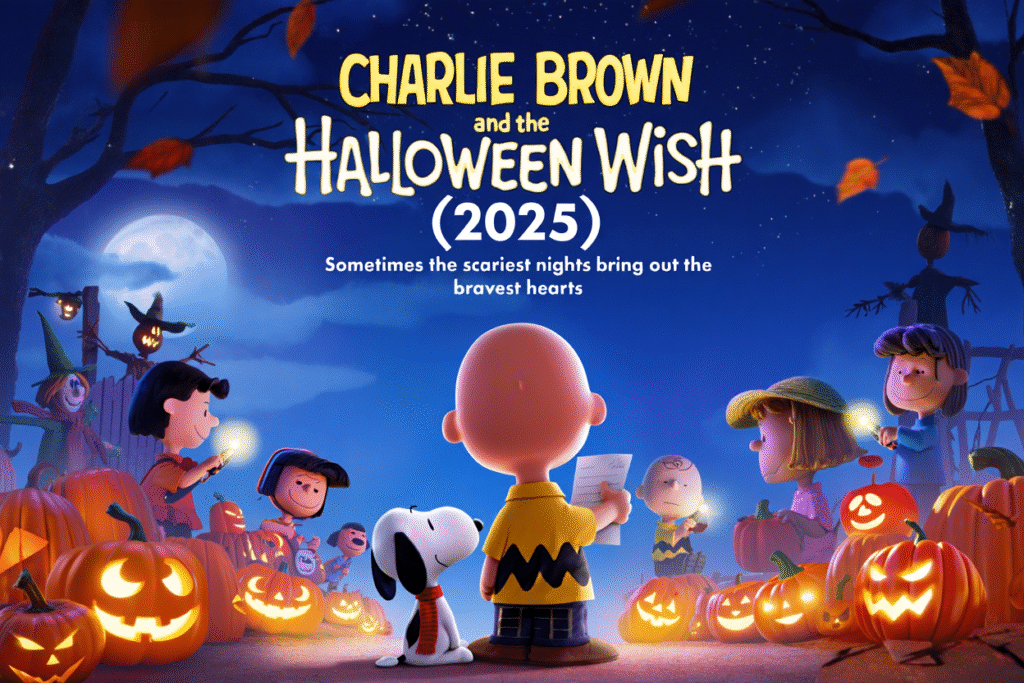
As the story unfolds, Charlie learns that courage isn’t a costume you wear for one night — it’s the kindness you carry when no one’s watching. The wish he holds isn’t meant for himself at all, but for everyone who’s ever felt invisible. And in fulfilling it, he discovers what he’s been searching for all along: not recognition, but belonging.
Director Sarah Waller understands the quiet poetry of Charles Schulz’s world. She lets the silences breathe, the pauses linger, the emotions unfold gently like dawn. The result is a film that feels both timeless and timely — a story for every generation that has ever needed to be reminded that small hearts can make a big difference.
By the final act, as the Peanuts gang gathers beneath a sky dusted with stars and candy wrappers, the note’s true author is revealed — and it’s a twist that hums with hope rather than shock. The wish wasn’t just for Charlie Brown, but from him, sent long ago in a Halloween past. A reminder that love, once given, always finds its way home.

The credits roll to Vince Guaraldi’s piano reborn — a wistful melody that drifts between joy and longing. And as the music fades, one line glows softly on screen: “Sometimes all it takes is one small wish to light the world.”
Charlie Brown and the Halloween Wish is not merely another animated holiday special. It’s a lullaby for the lonely, a lantern for the hopeful, and a reminder that kindness — like the Great Pumpkin itself — always rises when you believe. 🎃🍂
